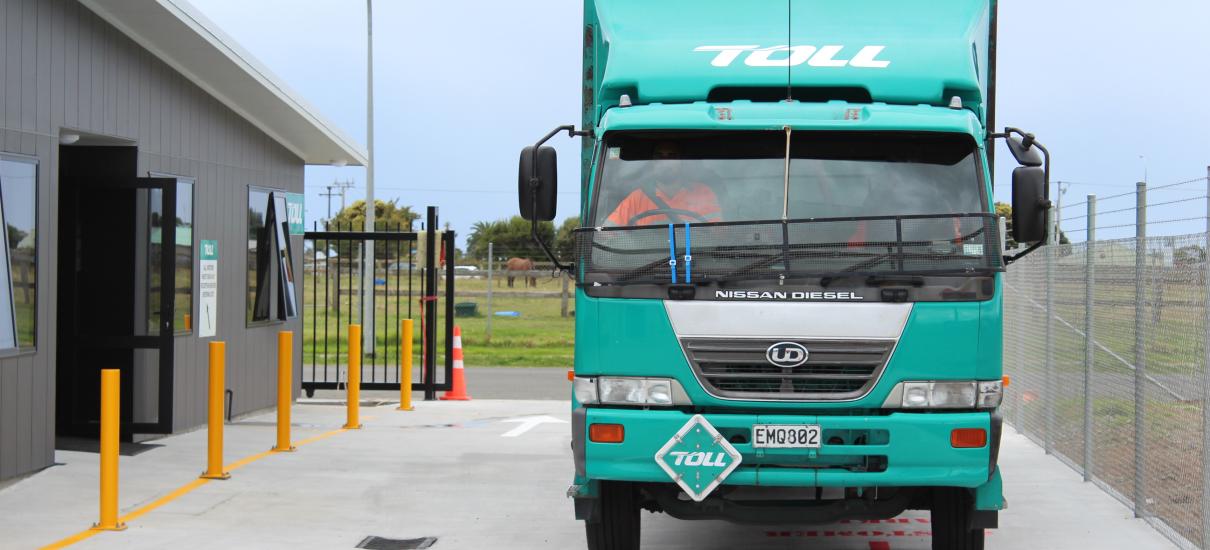
47% Tested Truck Handbrakes Are In Poor Condition: Where Is The Problem?
With the increasing number of accidents caused by the malfunction of trucks’ handbrakes, NZ Transport Agency has conducted a test on the handbrake of 90 randomly selected trucks in Wellington.
The result obtained by RNZ showed that almost half the trucks tested have handbrakes in poor condition. Applying this number to a larger population, there would be approximately 13 per cent of trucks not passing this test, or one in eight.
Testing results show the number of CSB systems that are well outside manufacturers’ specifications is very high, with the number of CSB systems not able to hold the vehicle in either direction also being very high,” the test report said.
Despite being in poor condition, these trucks still passed the routine Certificate of Fitness. The reason behind this is that the test performed in routine checks is stalling test, the easiest test to pass. The common type of truck’s handbrake, the Cardan shaft brake, is sensitive to uneven surfaces and changes in load, as these put more pressure on the brake. While truck drivers have an average of 4 load changes per day, the stalling test is performed on a flat surface and with no requirement to have loads on the truck.
Researchers have developed another test called pull test, which involves pulling a truck in both directions with its handbrake on, simulating a fully laden truck on an 18-degree slope. All these components make it harder to pass the test and thereby, ensuring better safety. However, as most of the inspection workshops do not have enough equipment to perform this test, it is not a common box on the checklist.
The test result has not only questioned the reliability of the routine inspection but also identified a gap in the knowledge ad understanding of truck’s drivers. The study showed that:
- More than two-thirds of drivers knew nothing about the problems with the handbrakes failing.
- Two-thirds did not even know what type of handbrake was on their truck.
- Almost 80 per cent did not know when their handbrake was last serviced.
Land transport standards set out rigorous testing parameters that brake systems are meant to perform to. However, the standards do not stipulate how handbrakes should be inspected. The test report has also made some recommendations to improve:
- Change the COF and import entry cardan shaft handbrake tests.
- Investigate other types of handbrake to retrofit to vehicles.
- Put warnings in driver licence information or on stick-on labels.
- Tell drivers to use wheel chocks – but this was only safe in a two-person operation because a lone driver removing chocks was dangerous.
If you would like to read the full article head on over to the Stuff NZ website



